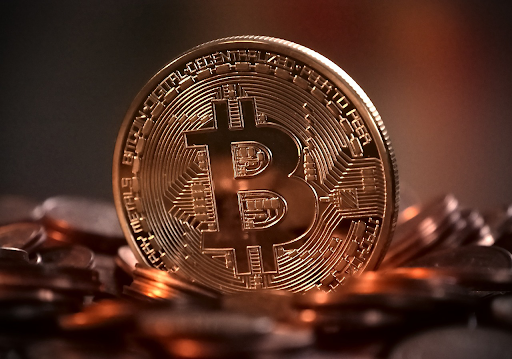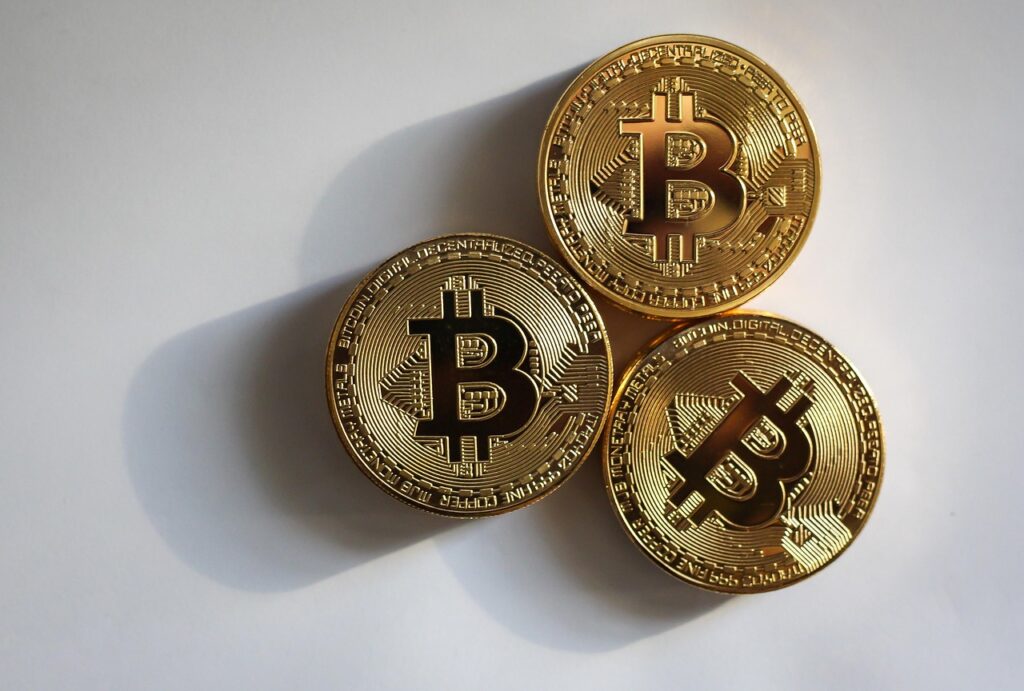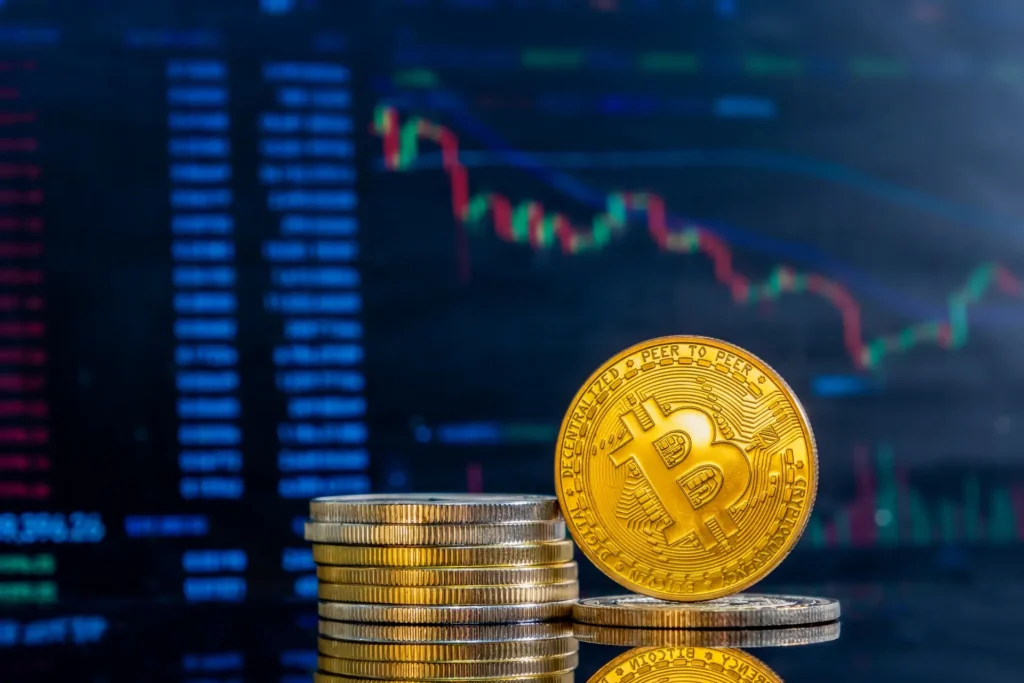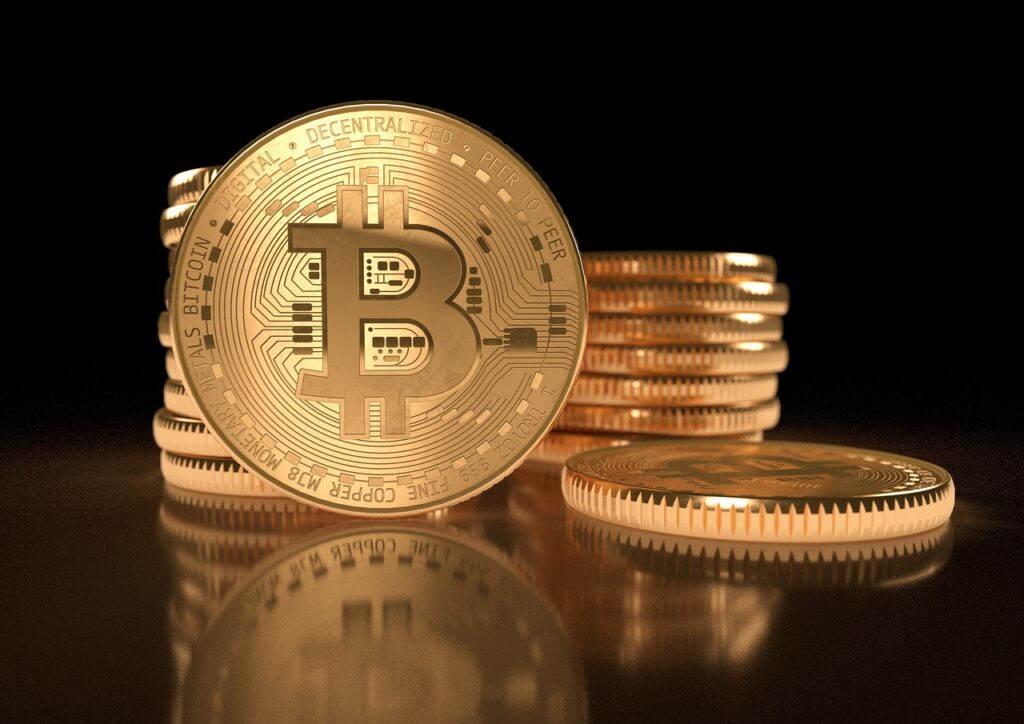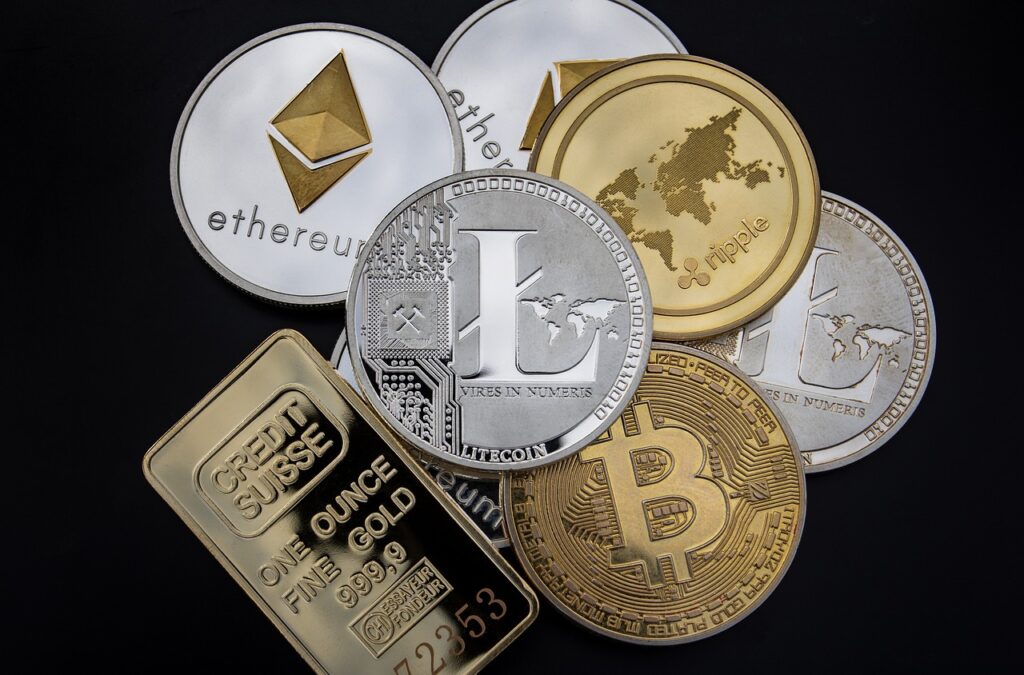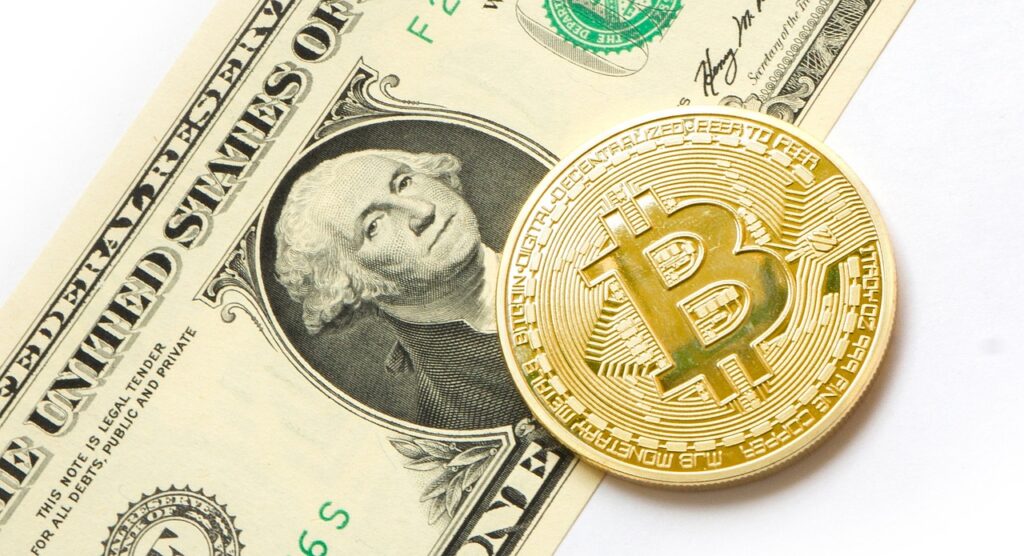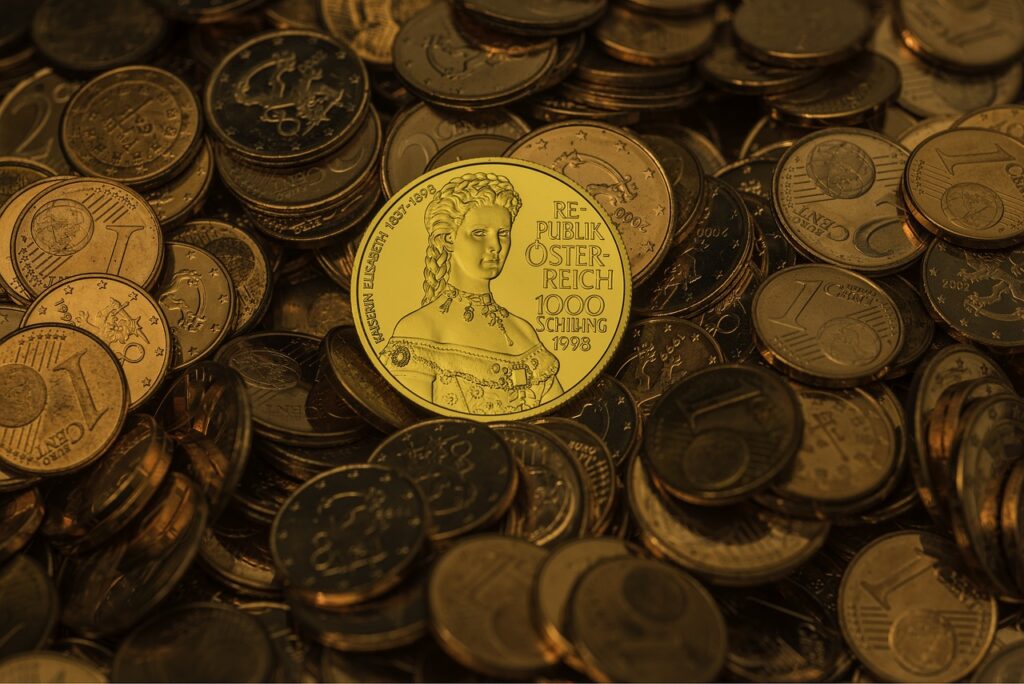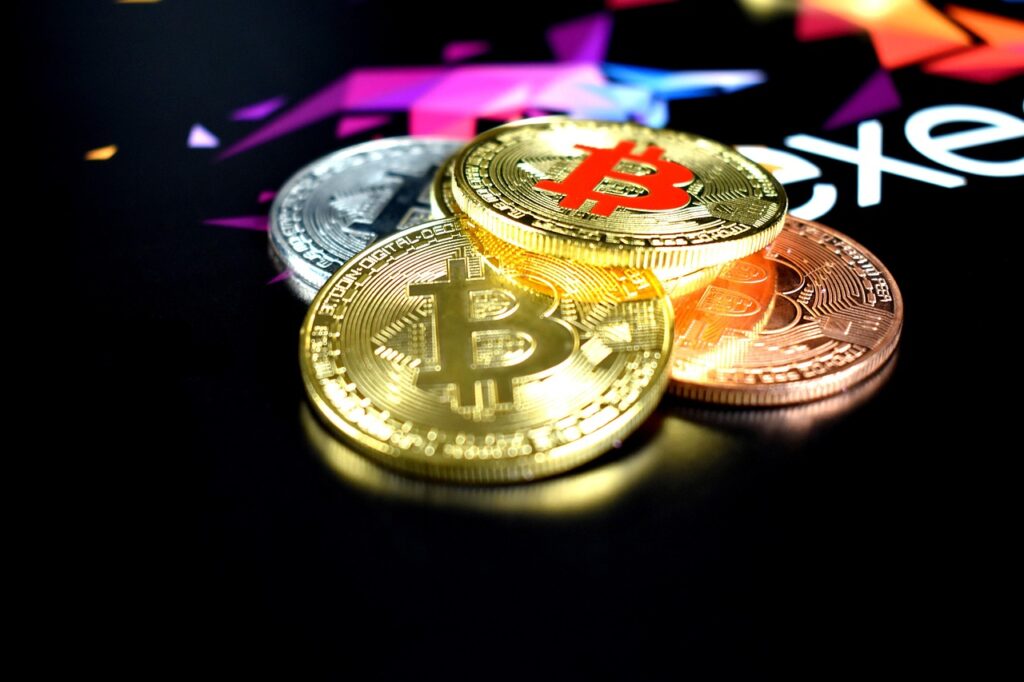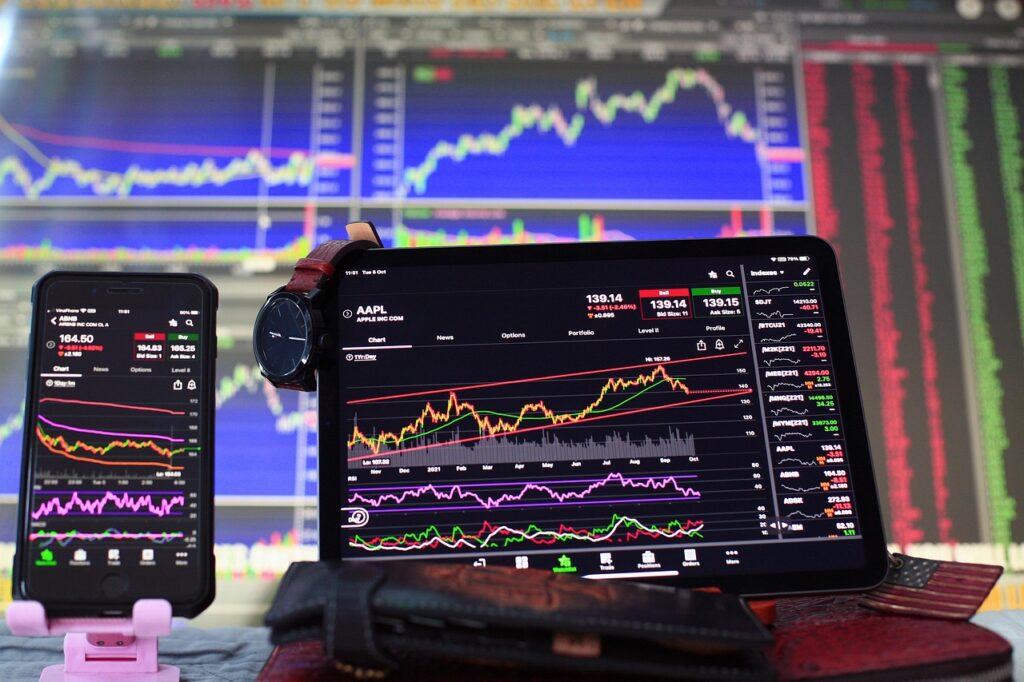Cryptocurrency is no longer just a buzzword—it is a financial revolution. Whether an individual is a curious beginner or an experienced investor wanting to sharpen one’s strategy, this guide would take one from zero to crypto hero. Buying your first cryptocurrency may be exciting, but only if it is done rightly. Let’s get into it and make the first time into digital assets as smooth and enjoyable as possible.
Table of Contents
- 1 Understanding Cryptocurrency
- 2 Choosing a Trusted Exchange
- 3 Setting Up Your Account
- 4 Funding Your Account
- 5 Buying Your First Crypto
- 6 Storing Your Crypto Safely
- 7 Understanding Fees and Taxes
- 8 Developing an Investment Strategy
- 9 Staying Informed and Managing Risk
- 10 Exploring Advanced Opportunities
- 11 In Summary
Understanding Cryptocurrency
Before you jump in, it is essential to understand what cryptocurrency means. Instead of government-controlled money, cryptocurrencies are decentralized currencies based on security and transparent blockchain technology. Think of it as digital gold: safe, valuable, and tamper-proof.
Bitcoin and Ethereum are highly recommended for beginners for their reliability and comprehensive acceptance. Therefore, Bitcoin was the first cryptocurrency and happens to be the most valuable one till now, being considered a digital gold. Ethereum, on the other hand, holds more than just a currency; it fuels smart contracts and decentralized applications and is, therefore, a significant player in the evolution of blockchain technology.
Past these two, there exists a plethora of other cryptocurrencies, have interesting applications in different domains. Some strive for privacy, such as Monero; others like Solana and Cardano strive for speed and scalability. Stablecoins like USDT and USDC are pegged to fiat currencies and present some form of refuge from market fluctuations.
Choosing a Trusted Exchange
For the purchase of crypto, a secure and trusted exchange is required. A few of the most dominant platforms include Coinbase, Binance, Kraken, and Gemini. When selecting the right exchange, consider components such as security, fees, cryptocurrencies to choose from, and ease of use.
Centralized exchanges (CEXs) like Coinbase and Binance have a simple user interface and customer support. These exchanges have been helpful for beginners. But, they require identity verification, which means they take custody of users’ funds, which is a significant risk if the platform gets hacked.
On the other hand, decentralized exchanges (DEXs) such as Uniswap and PancakeSwap allow their users to trade directly from wallets, giving users privacy and control. Unlike CEXs, DEXs are a bit harder to use and require a stronger understanding of how blockchain transactions work.
Setting Up Your Account
Once you have chosen an exchange, you have to create an account. This requires you to provide your email and to set a strong password. Most platforms are obliged to take you through identity verification (KYC – Know Your Customer) via legal regulation. That usually means uploading a government-issued ID and proof of address.
Put security first! Enable Two-Factor Authentication (2FA) on your account to prevent unauthorized access. Use a strong password that is unique for that account; you may even want to use a password manager to store the password confidentially.
Funding Your Account
Once you have opened an exchange account to buy cryptocurrency, you will need to fund it. There are a few options for this: bank transfer, credit/debit card transfer, or PayPal. Bank transfers usually incur smaller fees, but they might take a couple of days to clear. With a credit or debit card, the purchase is instant, but transaction fees can be higher.
If you have other cryptocurrencies, you can also make deposits through the transfer of cryptocurrency from an external wallet into the exchange. Just be extra careful with wallet addresses when you’re making transfers, as crypto transfers are irreversible.
Buying Your First Crypto
Now comes the fun part: buying your first digital asset! On the exchange, search for the cryptocurrency you want to buy. You will then have to choose whether to place a market order, where you buy at the current price or a limit order, where you set the price you are willing to pay. Have a look at the transaction details, confirm it, and execute your purchase. Congratulations, it’s time for a little celebration—you now own cryptocurrency!
If the amount leaves you unsure, just invest a little. Crypto markets tend to be volatile, so whether less or more, it would be a wise choice to consider an amount that you are not afraid to donate to the philanthropic cause of learning how the market works.
Storing Your Crypto Safely
Owning crypto comes with a responsibility: it matters how you store it. Excusing oneself with the complacency of keeping the funds in an exchange wallet is a choice, though not safe due to hacking risks. A private wallet, such as a mobile or desktop hot wallet, is a more secure option, while for maximum security, you can turn to hardware wallets, which store your assets offline and make them impossible to hack.
Hot wallets like MetaMask and Trust Wallet get connected to the internet, allowing easy access for trades and transactions, but are susceptible to hacking. Cold wallets, like Ledger and Trezor, are hardware devices that store your private keys offline, making them the preferred option for security-minded long-term investors.
Understanding Fees and Taxes
The shuffling of money always comes with charges. Even trading fees while selling or buying crypto are applicable while withdrawal fees can be specific to the platform. Gas fees can apply if you’re on Ethereum as these fluctuate with the network demand.
Fees for many countries include tax on gains from cryptos. All capital gains, accrued via profits from trading cryptocurrency, are supposed to be reported to the taxing authorities. Keep track of transactions, and do this using portfolio tracking tools like CoinTracker or even CoinMarketCap, all to ensure compliance with tax laws.
Developing an Investment Strategy
Intelligent investing demands a well-thought-out approach to an asset. Others have long-term investments waiting for their asset to build up over the years with hopes for meaningful growth. Still, others would go for the dollar-cost averaging method, in which they divvy up regular investments of fixed amounts over diversified stocks to hedge against risk. And the very active traders make it swing or day trades letting them capture that price movement. Choose a strategy that suits your risk tolerance and financial goals.
Diversifying your investments, as is the key thing in risk management. Do not put all your investments in one cryptocurrency, rather try to diversify into several assets, which would mitigate your loss in any indefinite underperformance of one asset.
Staying Informed and Managing Risk
Huge volatility exists in the crypto markets, so staying updated is crucial. Follow reliable news sources like CoinDesk and CoinTelegraph to stay in touch with any market trends. Track your portfolio, just like using responsible investment websites. Do not fall victim to scams that arise from dubious emails, promises of guaranteed returns, or investment schemes that are new to you. Diversifying your portfolio can also help you manage risk; after all, you would not want your whole fortune to sit in one asset.
Moreover, join crypto communities on forums such as Twitter, Reddit, and Discord to connect with other investors, learn from their experiences, and remain up to date with the latest developments. The better-informed investor is more likely to make better decisions and avoid costly mistakes.
Exploring Advanced Opportunities
Once you can manage the basic operation of the crypto world, you have additional opportunities; to start, you can use staking to get rewards by holding and validating transactions for some blockchains. On the other hand, yield farming allows for earning passive income while lending crypto on decentralized finance (DeFi) platforms. Invest in non-fungible tokens (NFTs) for digital art and collectibles. If you wish to increase your risk appetite further, get into margin trading and futures as they provide mechanisms for magnifying gains (and losses).
These include financial services like lending, borrowing, and earning without any intermediaries. DeFi accepts open-source lending, earning interest on assets deposited, and trading between peers with no intermediary. Some such platforms include Aave and Compound for earning interest through crypto while using decentralization between peers for trading without a central authority.
In Summary
Acquiring your first cryptocurrency is an important event in your life that opens doors to exciting financial opportunities. These will be well prepared behind these steps for fluently making a strong entry into the crypto universe. Small beginnings, big updating, and top priority security geared to what will become reality in the future of finance. Are you ready to be part of that future?

